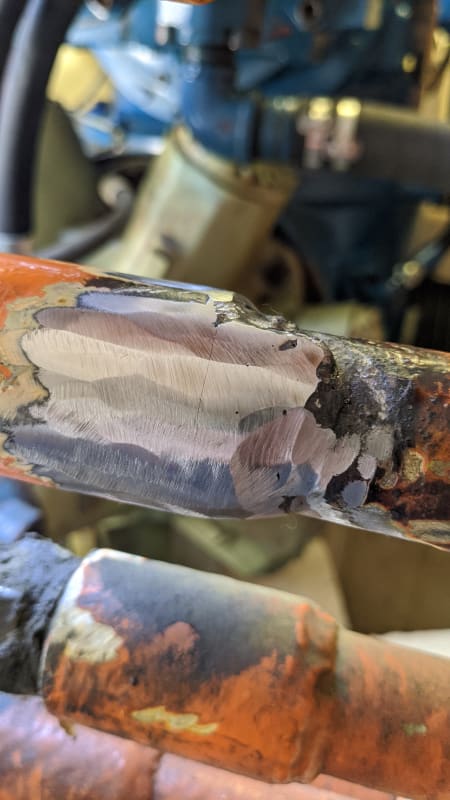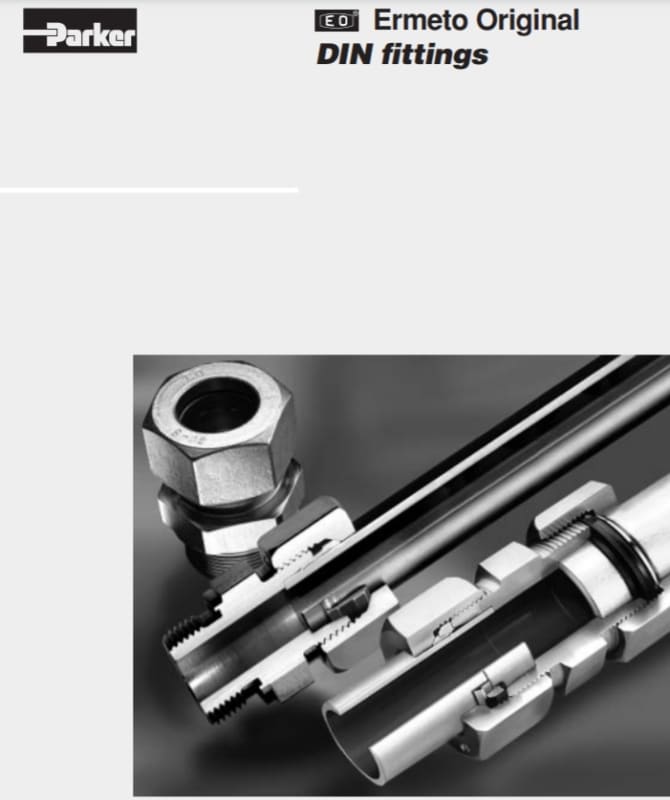For 1" pipe sch 80 is minimum schedule for threaded joints at that size in ASME B31.3.
I stand corrected - table 7 in ASME B 16.11 is interesting. 3000 recommends sch 160 for threaded, but you might be able to use thinner pipe
Pipe Used for Rating Basis [Note (1)]
Designation
of Fitting Type of Fitting Schedule No. Wall Designation
2000 Threaded 80 XS
3000 Threaded 160 . . .
6000 Threaded . . . XXS
3000 Socket-welding 80 XS
6000 Socket-welding 160 . . .
9000 Socket-welding . . . XXS
NOTE:
(1) This Table is not intended to restrict the use of pipe of thinner or thicker wall with
fittings. Pipe actually used may be thinner or thicker in nominal wall than that shown in Table 7.
When thinner pipe is used, its strength may govern the rating. When thicker pipe is used (e.g., for
mechanical strength), the strength of the fitting governs the rating.
I believe your root cause issue is fatigue cracking of the weld. SW fitting are notorious for this when exposed to high cyclic stresses.
But again, for high cycle service threaded joints are usually avoided / not used.
Combined with bottoming out the fitting you're in high failure mode -
Is that picture a coupling or a fitting??
This article might be of interest
Gets you to the next shutdown.
And this
Remember - More details = better answers
Also: If you get a response it's polite to respond to it.




